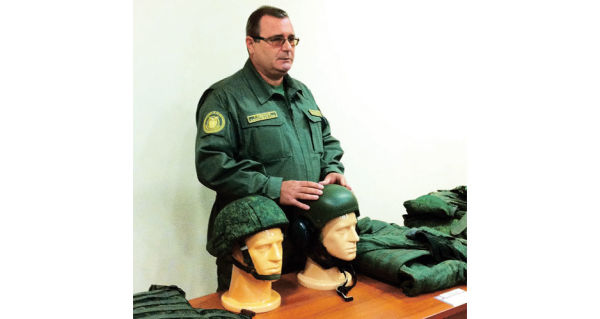TSAMTO, November 14. A suit of composite armor, which will be able to completely cover the fighter's body, is planned to be created as part of the project of equipping a Russian soldier of the future new generation "Legionnaire".
This was stated in an interview with RIA Novosti by Oleg Faustov, Deputy General director of the Armocom manufacturer of combat equipment and armor protection equipment involved in these works.
"This work is planned to be carried out within the framework of Legionnaire research. It will consider the possibility of manufacturing such an armored "spacesuit", but to support it, an exoskeleton will again be required," he said, answering the question whether it is possible today to create "armor" from modern materials that would cover the entire body of a fighter, while providing effective protection from small arms.
O. Faustov, in an interview with RIA Novosti, noted that the creation of an iron man suit that would completely cover the fighter's body is a priority area of work of all leading military powers.
According to him, despite the prevailing opinion among many experts that in the future people will not fight at all, but robots and drones will perform combat tasks instead, a person will still have to occupy certain positions on the battlefield, and the risks to his life with the development of military equipment will increase significantly.
"Cars by themselves cannot occupy certain borders and territories, a person enters there in any case. To do this, he, of course, must be protected as much as possible, so all the leading armies of the world, and we are no exception here, are considering the possibility of creating such an "iron man," the agency interlocutor noted.
Earlier, a source in the military-industrial complex told RIA Novosti that the equipment of a soldier of the next new generation, being developed to replace the "Warrior" kits, will be called "Legionnaire". He also said that research on the project will be reduced from the initially envisaged two to three years to one year and will be completed by the end of 2023.

